(Illustration by The Epoch Times, Getty Images, Shutterstock)
One of the biggest lies, propaganda efforts, and a major change at every level of society is that electric vehicles are the answer. That they will “save the earth!” and greatly reduce the imagined climate change.
Electric vehicles, besides being impractical, are a fantasy that they can replace internal combustion powered vehicles, is that they are environmentally better.
The exact opposite is the reality.
The mining required to make the heavy and environmentally dangerous batteries. The weight of the vehicles destroying roads and bridges, the excesses cost of operation. The demands on an already to-the-point-of-collapse electric grid.
The massive increase in electricity production and usage — and it isn’t all solar, or wind.
The biggest wind, the hottest winds have been all the lies, delusions, and myths perpetrated and believed that electric vehicles are the answer.
When they haven’t even been asking the right questions…
…and they don’t want to know the real answers.
Read on…
Ken Pullen, Friday, April 5th, 2024
Behind EV Push, a Wealth Transfer From Red to Blue Regions
Federal electric vehicle mandates are being criticized as ‘class warfare’ with far reaching implications for certain parts of America.
April 04, 2024
Reprinted from The Epoch Times
President Joe Biden’s new EV mandates will likely prove to be a sizable wealth transfer from rural red regions of America to urban blue sections, and to wealthy Democrats who reside in them, according to reports.
These rules are the strictest in history and will effectively force carmakers to have one-third of new car sales be plug-in electric vehicles (EVs) by 2027 and more than two-thirds by 2032.
This represents a dramatic increase from current EV sales, which were about 8 percent of the new car market in 2023.
But critics say that the measures will be particularly punitive for huge segments of the U.S. population who don’t want, can’t use, or can’t afford EVs. If carmakers go along with President Biden’s plan to shift their fleets to EVs, the cost of remaining gas-fired cars and trucks will likely escalate as demand dwarfs supply.
“This isn’t industrial policy,” Robert Bryce, author and energy analyst, told The Epoch Times. “In reality it’s a type of class warfare that will prevent low- and middle-income consumers from being able to afford new cars.”
And as many traditional car buyers struggle, the federal subsidies and incentives continue to flow, to the benefit of EV buyers.
These socialized costs come in the form of taxes, government subsidies, fuel economy credits paid by gas carmakers to EV manufacturers, and higher electricity bills as consumers absorb the capital costs required to expand the power grid and install new charging stations.
The report states that “the average model year 2021 EV would cost $48,698 more to own over a 10-year period without $22 billion in government favors given to EV manufacturers and owners.”
These dollars, which do not take into account the additional dollars that gas-car owners will likely pay for their vehicles as manufacturers are forced to make fewer of them, amount to a government-mandated wealth transfer to affluent EV owners, paid by those who often cannot afford to buy EVs.
The new EPA mandate is “aimed at accommodating a very narrow segment of the auto-buying public: wealthy, white Democrats who live in a handful of liberal communities,” Mr. Bryce said. “EV ownership is largely defined by class, ideology, and geography.”
Attendees examine Tesla electric cars during an expo in Washington on July 23, 2023. (Photo by Nathan Howard/Getty Images)
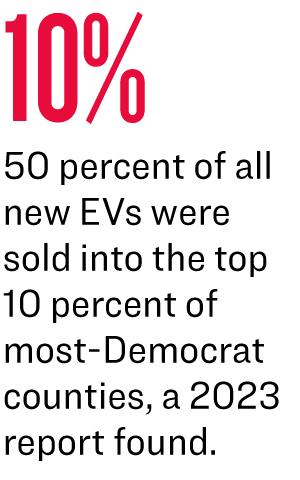
Looking at county-level data on new vehicle registrations between 2012 and 2022, the report stated that 50 percent of all new EVs were sold into the top 10 percent of most-Democrat counties, with 70 percent going to the top 25 percent most-Democrat counties, and 90 percent going to the top 50 percent most-Democrat counties.
One-third of EV Buyers Live in California
Data from the Department of Energy supports this view. As of year-end 2022, California had 903,600 registered EVs in the state, or 37 percent of all EVs owned nationwide.
The next largest number of EV owners were in Florida, Texas, and Washington state, with 168,000, 149,000, and 104,100 EVs respectively, followed by New Jersey, New York, Georgia, Colorado, Illinois, Massachusetts, Virginia, Maryland, and Pennsylvania.
The states on this list are home to large cities and suburbs, which are the target market for EVs. This contrasts sharply with rural states like Wyoming and North Dakota, where 800 and 600 EV owners reside, respectively.

Of the top 10 states in terms of EV per capita ownership, seven are “deep blue states,” the report notes.
“By contrast, the 10 states with the smallest market penetration for EVs were all red states,” Unleash Prosperity states.
“Ironically, Joe Biden is the worst thing that ever happened to this industry. EVs have become ‘Biden cars.’”
The strongest support for EV mandates came from people earning more than $150,000 a year.
‘Policy Beyond Capability’
A number of industry groups, however, are less enthusiastic.
The Clean Freight Coalition, a trucking trade group that supports a transition away from fossil fuels, said that the timeline set by the new EPA rules was impossible to meet given current technology and infrastructure, and that the Biden administration’s EV plan would bring significant harm to commercial vehicle operators, the businesses they serve, and consumers.
The American Trucking Association said that the targets set out in the EPA’s emissions regulations are “entirely unachievable,” citing similar reasons.
The UAW came around to supporting the EV plan, however, after the EPA adjusted its regulations to slow the pace of the transition.
“The history of environmental regulation consists of ambitious unrealistic goals followed by missed deadlines and lack of enforcement,” the report states. It cites numerous examples, including a 1970 attempt in California to ban gas cars by 1975, and a 1970 EPA plan to cut auto emissions by imposing parking surcharges and reducing the number of parking spaces.
“Environmental policy has these characteristics because it has a large theological component,” more akin to religion than economics, Cato states. “Saving the planet is different from bargaining over the Library of Congress budget.”
Consumers appear to be overlooked in the process, but they’re making their voices heard by simply avoiding EVs.
In January, car rental company Hertz disclosed that it was selling off 20,000 Tesla EVs, or one-third of its electric fleet, after discovering that their customers didn’t want to drive them. Aside from lack of customer demand, Hertz pointed to the expense of repairs.
“It’s truly stunning that the Biden EPA issued the EV mandate just five days after Hertz, the auto rental giant, ousted its CEO over that company’s costly EV debacle,” Mr. Bryce said.
“The company made a huge bet on Teslas, only to find that customers didn’t want to rent them.”

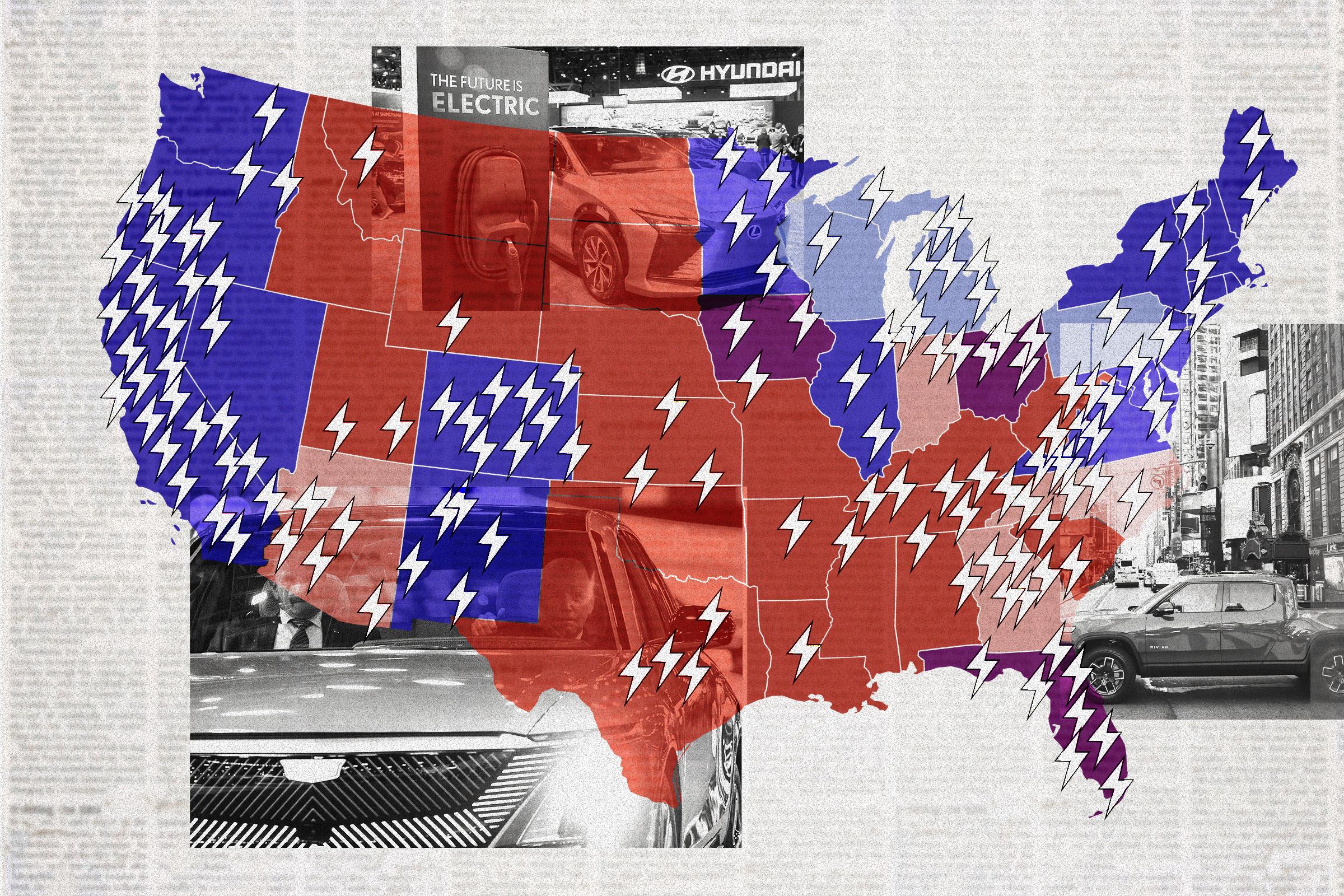
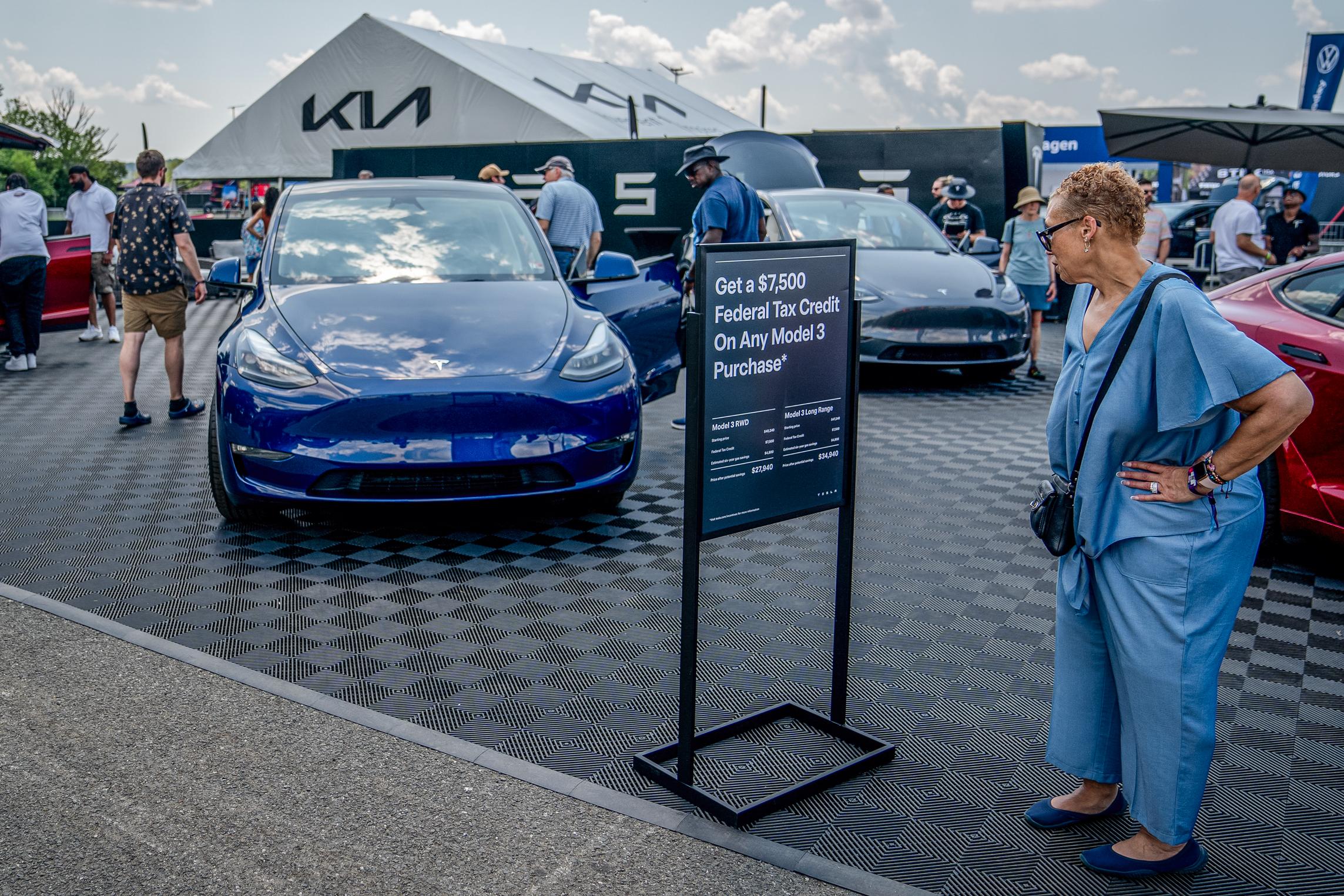
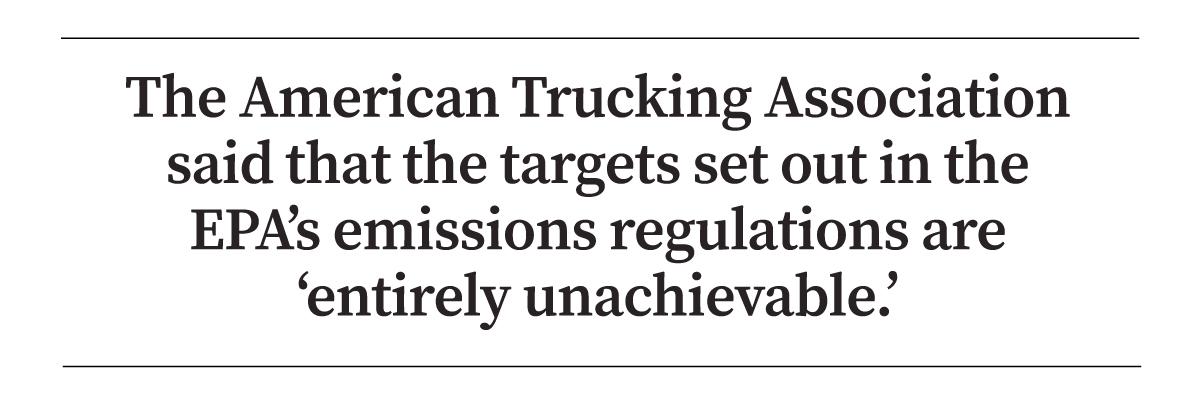
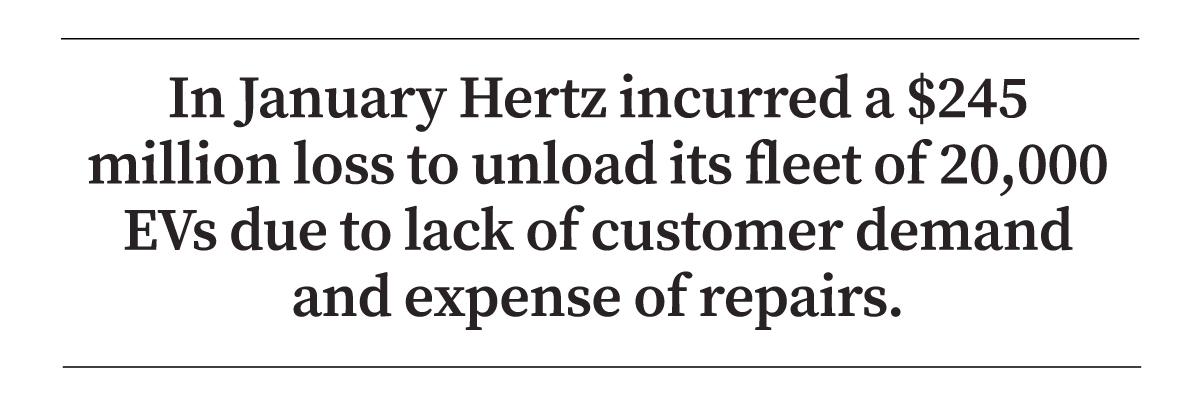





Leave a Reply, please --- thank you.